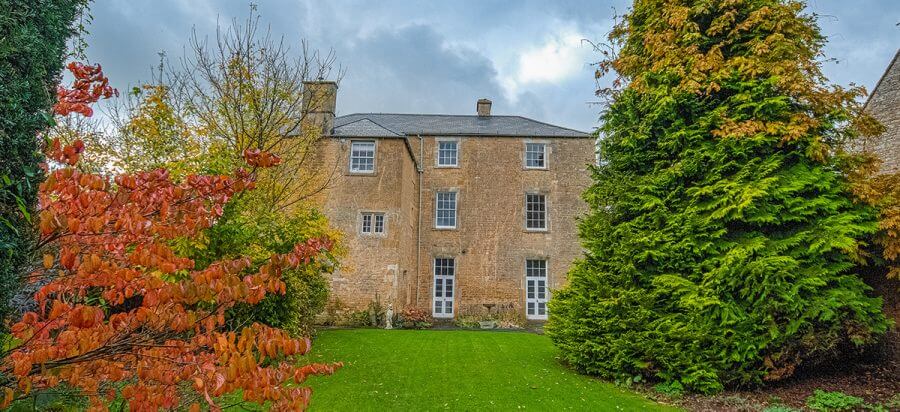How Can I Cure My Condensation Problem?

As timber window specialists, customers come to us with questions about many things – from repairs and energy efficiency to glazing options. But one of the areas customers are most keen to ask us about is condensation.
How Can I Cure My Condensation Problem?
Commonly asked questions about condensation:
- “Will draught-proofing cure my condensation problem?”
- “Will double-glazing cure my condensation problem?”
- “Will secondary-glazing cure my condensation problem?”
(In short, the answer to all of the above is no. Although secondary glazing and double-glazing may help).
So, what exactly is condensation?
Quite simply, condensation is moisture-packed warm air coming into contact with a cold surface.
When warm air with a high moisture content collides with cold surfaces, like windows – or when there’s too much humidity in your home and it cools down quickly – the water in the air is released and turns into water droplets on the cold surface. The more moisture there is in the air, the more likely it is that you will suffer with condensation.
Fact: Condensation occurs naturally on windows, whether they are single or double-glazed.
What are the main causes of condensation in our homes?
Modern homes are packed with energy saving measures, such as draught proofing, double glazing, cavity wall insulation and loft insulation. While these are all effective ways of making our homes warmer and more energy efficient, there is a downside: The lack of ‘escape route’ for stale, humid air which accumulates in the home. Add to the above the daily routine of showers, baths, boiling kettles, cooking, drying and ironing, and the moisture content in our homes increases significantly.
Common Problems with Sash Windows
Old properties vs energy-efficient properties
Older homes, without modern energy saving measures, allowed air to ‘leak’ in or out from many places – including gaps between walls and floors, around waste pipes, roof vents, loft hatches, open flues, window frame gaps and more.
Today many properties have tackled these ‘leakage points’ in our quest for a warmer home. The result? We effectively live in a sealed box – and we each create around 4 pints of moisture every single day, just by breathing. So it’s not hard to see why, without adequate ventilation, homes can become damp and mouldy.
The experts over at Which? have this advice on the subject.

How can Ventrolla help?
Often old sash and casement windows are painted shut after years of decoration. We can renovate and draught-proof windows, ensuring they can be opened and closed freely, putting you in control of your own ventilation. Along with sufficient ventilation, you’ll be far less prone to condensation in your home. But we also advise the use of a dehumidifier, moisture absorber or moisture trap, which are very inexpensive but very effective.
Whatever issues with your timber windows, it’s advisable to call on a timber window expert who has experience in solving these common problems. Ventrolla have worked on properties of all sizes and all types of windows – renovating existing or crafting new replacements. Contact us today to arrange a no-obligation survey
